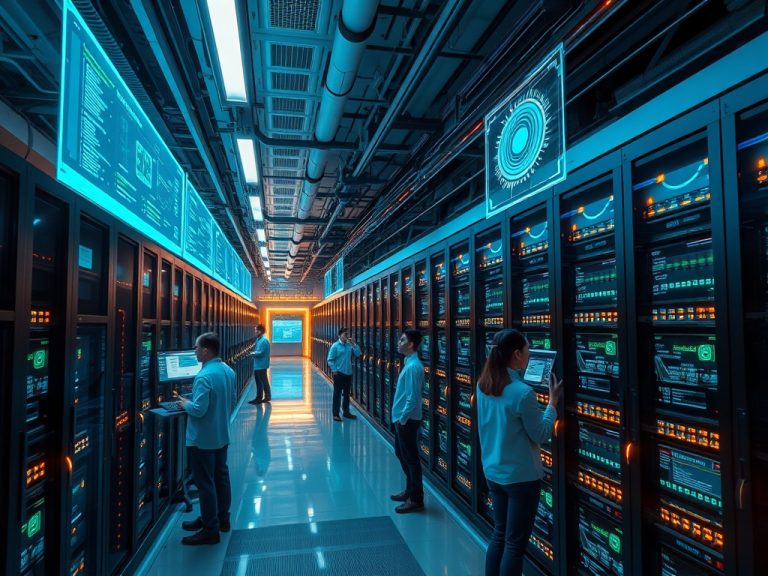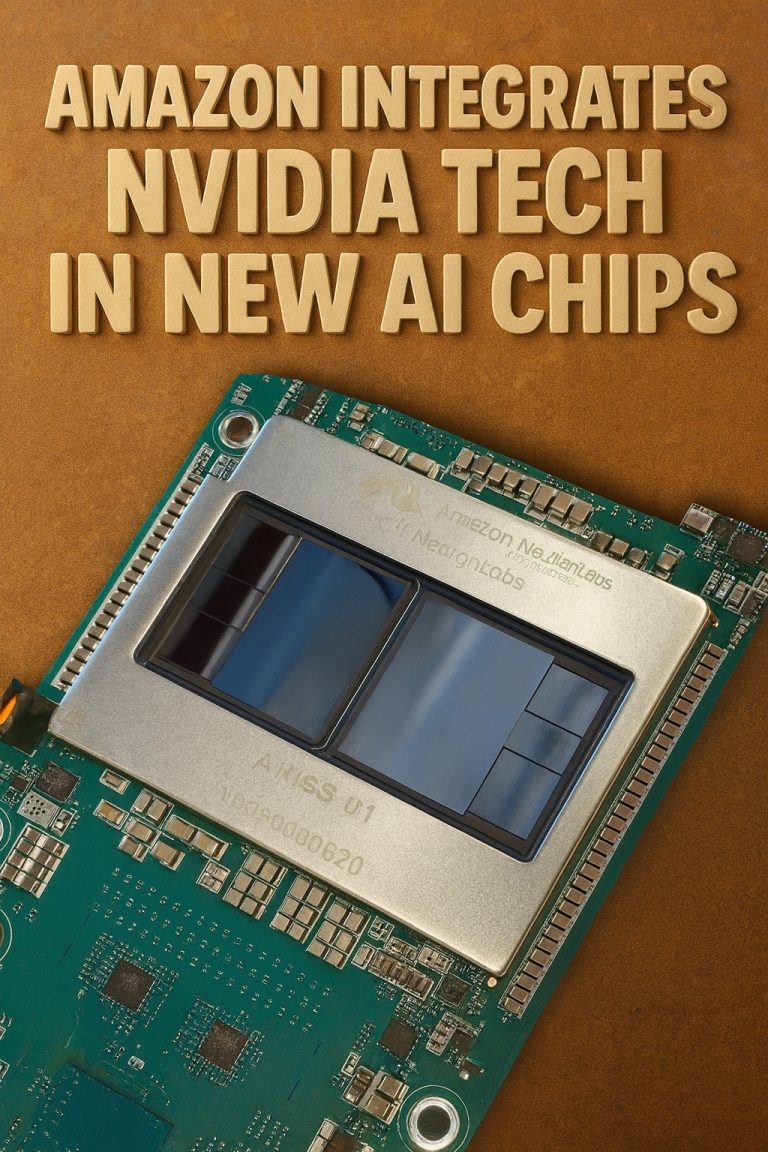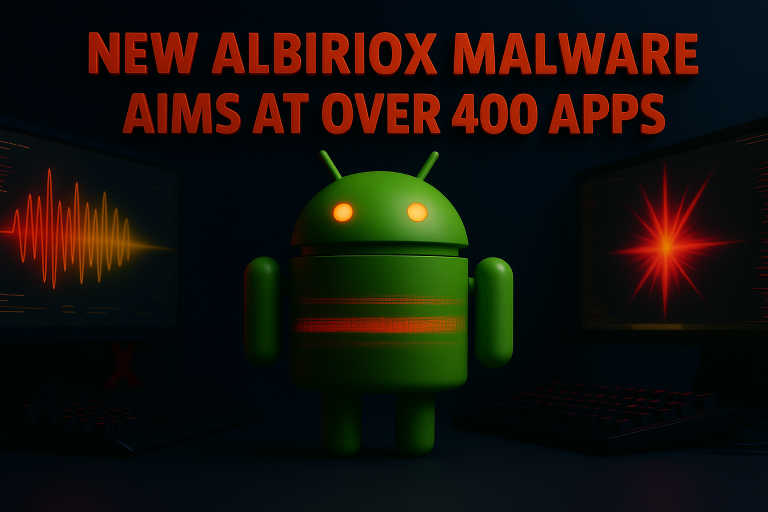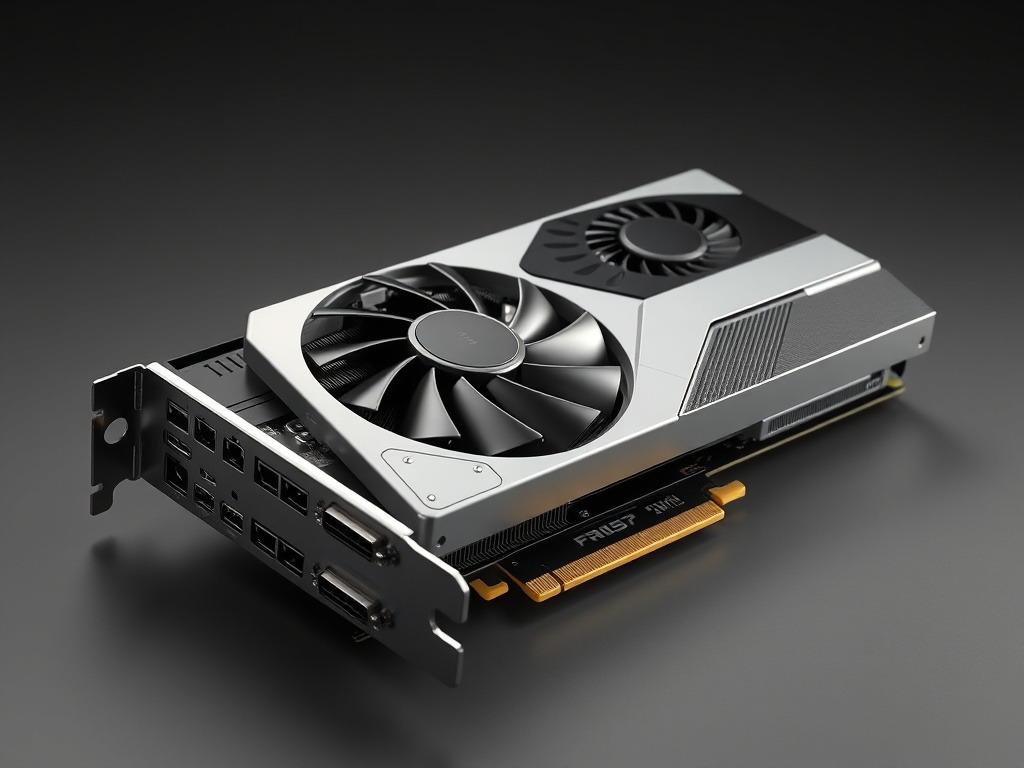
As graphics processing units (GPUs) become increasingly vital in everything from gaming to machine learning, effective cooling strategies are essential for maintaining performance, extending lifespan, and reducing operational costs. Overheating can lead to thermal throttling, which compromises performance and can significantly increase energy consumption. Below are several GPU cooling tricks that can help you save thousands of dollars annually while ensuring your system runs at peak efficiency.
1. Optimize Airflow
Proper Case Design
The foundation of effective cooling starts with your PC case. Choosing a case designed for optimal airflow can make a significant difference. Look for cases with ample ventilation, mesh panels, and space for multiple fans. A well-ventilated case allows for a consistent flow of cool air, which helps to dissipate heat more effectively.
Fan Placement
Fan placement is crucial in creating a balanced airflow system. Intake fans should ideally be placed at the front and bottom of the case, drawing in cooler air, while exhaust fans should be positioned at the rear and top to expel hot air. This configuration ensures that cool air flows over your GPU and other components, reducing overall temperatures.
Cable Management
Good cable management can vastly improve airflow within your case. Use zip ties or Velcro straps to bundle cables and keep them out of the way of fans and airflow paths. Neat cable management not only improves aesthetics but also enhances cooling efficiency, resulting in lower temperatures and reduced power consumption.
2. Upgrade Your Cooling System
Aftermarket GPU Coolers
Consider investing in aftermarket GPU coolers. Many stock coolers are designed for basic performance and can be inadequate for high-demand applications. Aftermarket coolers often feature larger heatsinks and multiple fans, providing better heat dissipation. Brands like Noctua, Arctic, and EVGA offer models that significantly improve thermal performance.
Liquid Cooling Solutions
For those looking for the ultimate cooling solution, consider liquid cooling systems. A custom or all-in-one liquid cooling solution can provide superior cooling performance, quieter operation, and even aesthetic appeal with RGB lighting. Although the initial investment is higher, the efficiency and longevity of your GPU can lead to significant savings over time, especially in high-performance gaming or data processing scenarios.
3. Monitor and Adjust Fan Curves
Software Tools
Utilizing software tools such as MSI Afterburner or GPU-Z can empower you to monitor your GPU temperatures and adjust fan curves effectively. By creating more aggressive fan profiles, you can maintain optimal temperatures without waiting for the GPU to throttle performance. This proactive approach can save you money in the long run by preventing overheating.
Automatic Adjustments
Many modern motherboards and GPUs come with built-in thermal management features. These systems automatically adjust fan speeds based on temperature readings. Ensure that these settings are configured correctly to optimize cooling performance dynamically, which can lead to lower energy consumption during high-load scenarios.
4. Keep Your Environment Cool
Room Temperature
The ambient temperature of your room significantly impacts GPU cooling. Keeping your environment cooler can directly reduce the overall temperature of your PC. If possible, use air conditioning to maintain a comfortable room temperature, especially during hot months. Even a simple fan can help circulate air and lower ambient temperatures, benefiting your entire system.
Dust Management
Dust accumulation can severely obstruct airflow and insulate components, leading to increased temperatures. Regularly cleaning your PC is essential to prevent dust buildup. Use compressed air to blow out dust from fans and heatsinks, ensuring optimal airflow. Establish a cleaning routine every few months to maintain a dust-free environment.
5. Undervolting and Underclocking
Power Saving Techniques
Undervolting your GPU can significantly reduce its power consumption while maintaining performance. Tools like MSI Afterburner allow you to adjust voltage settings without a noticeable decrease in performance. This not only lowers your energy bills but also decreases heat output, further enhancing cooling efficiency.
Underclocking
If you don’t require maximum performance, consider underclocking your GPU. This means reducing its clock speeds, which can lead to lower temperatures and power consumption. While underclocking may not be suitable for gamers or professionals who need peak performance, it’s a viable option for those using their GPU for less demanding tasks.
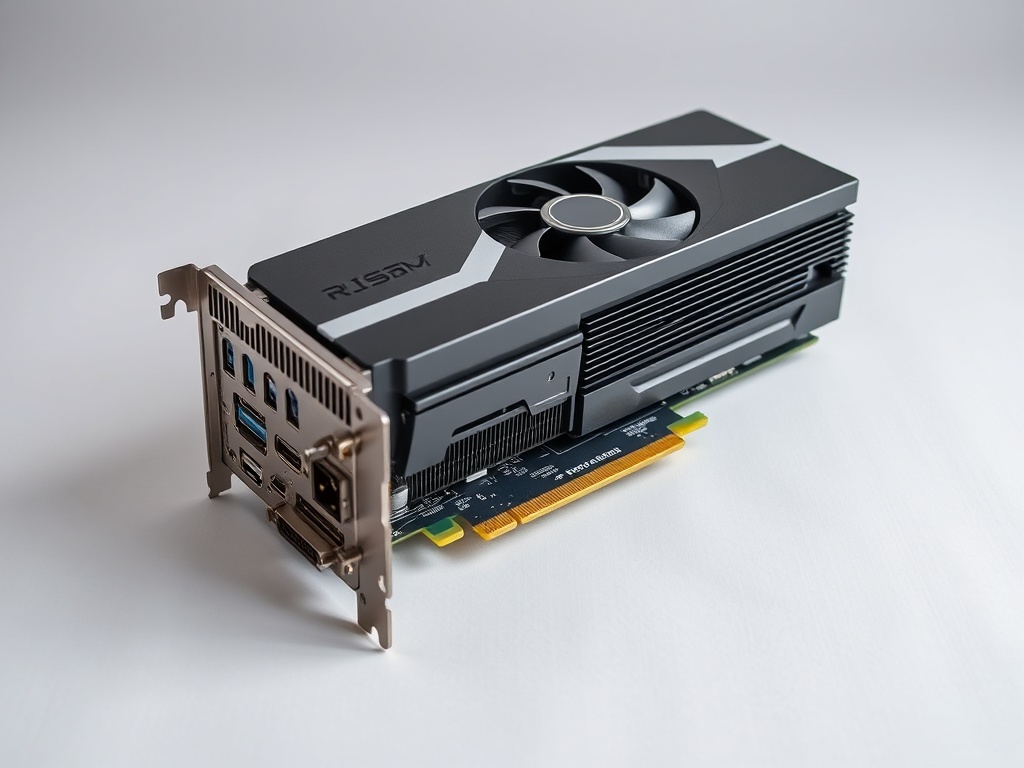
6. Utilize Thermal Paste Wisely
Reapply Thermal Paste
Over time, thermal paste can dry out and become less effective at transferring heat between the GPU and its cooler. Reapplying high-quality thermal paste can significantly improve thermal conductivity, leading to lower temperatures. This simple maintenance step can prolong the life of your GPU and improve its performance.
Choose the Right Thermal Paste
Investing in high-performance thermal paste can provide better heat transfer than standard options. Brands like Arctic Silver or Thermal Grizzly offer pastes that excel in thermal conductivity. While they may be more expensive upfront, the benefits in cooling efficiency can lead to long-term savings.
7. Consider Passive Cooling Solutions
Passive Cooling Systems
For low-power GPUs or systems that are not under heavy load, passive cooling solutions can be an effective way to maintain low temperatures without the noise of active cooling. Passive coolers rely on natural convection and heat dissipation, making them silent and energy-efficient. While they may not be suitable for high-performance GPUs, they can be an excellent choice for budget builds or secondary systems.
Heat Sinks and Thermal Pads
Incorporating additional heat sinks or using thermal pads can improve heat dissipation. These components can be added to various parts of your GPU, including memory chips. While this may require some DIY skills, the added cooling can enhance performance and reduce the need for more powerful (and energy-consuming) active cooling solutions.
8. Invest in Smart Power Supplies
Efficient Power Supplies
Choosing a high-efficiency power supply unit (PSU) can have a significant impact on the overall power consumption of your system. Look for PSUs with an 80 PLUS certification, as they indicate efficiency levels. A more efficient PSU not only saves energy but also generates less heat, contributing to a cooler environment for your GPU.
Modular PSUs
Consider investing in a modular or semi-modular PSU. These allow you to connect only the cables you need, reducing clutter and improving airflow within your case. Less clutter leads to better cooling performance, which can positively affect your GPU’s lifespan and efficiency.
Conclusion
Effective GPU cooling is more than just a matter of performance; it can lead to substantial cost savings over time. By optimizing airflow, upgrading cooling systems, monitoring fan curves, managing environmental factors, and employing undervolting techniques, you can create a more energy-efficient setup. Additionally, implementing regular maintenance practices such as cleaning and reapplying thermal paste will prolong your GPU’s life and enhance its performance.
Investing time and resources into these cooling strategies can save you thousands of dollars annually, not only through reduced energy costs but also by extending the lifespan of your valuable hardware. Your GPU deserves the best care to ensure it continues to perform optimally for years to come.
